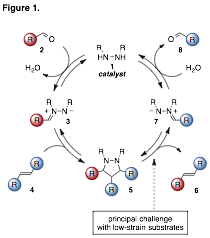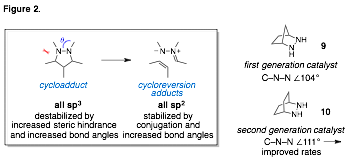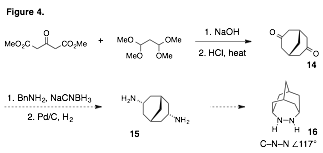Reports: ND153705-ND1: Organocatalytic Carbonyl-Olefin Metathesis and Olefin Metathesis
Tristan H. Lambert, PhD, Columbia University





Tristan H. Lambert, PhD, Columbia University





Reports in the ACS PRF Annual Report are published as submitted by the Principal Investigator.
Copyright © American Chemical Society